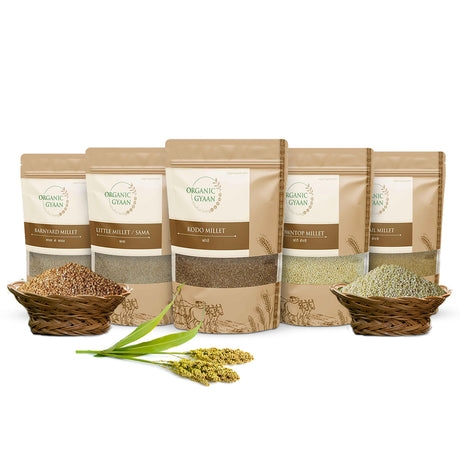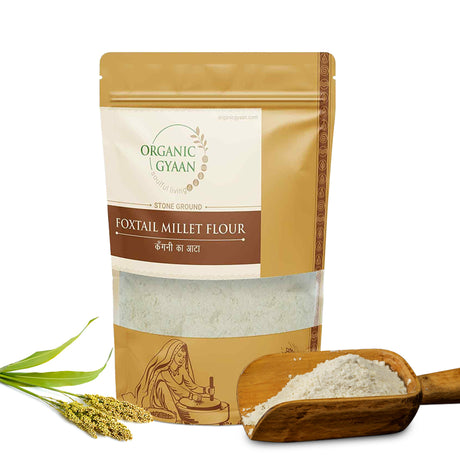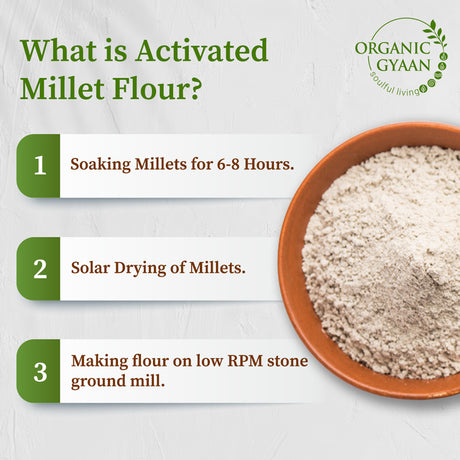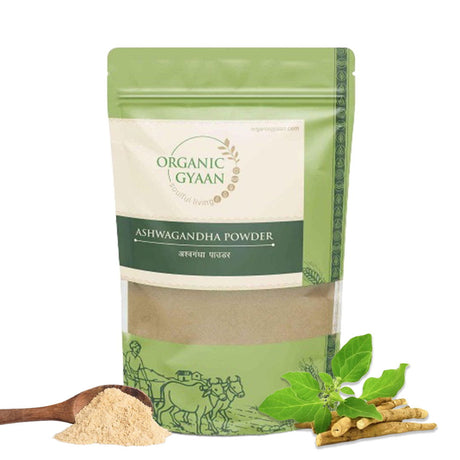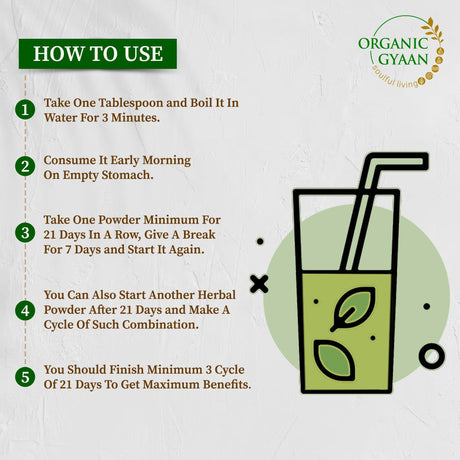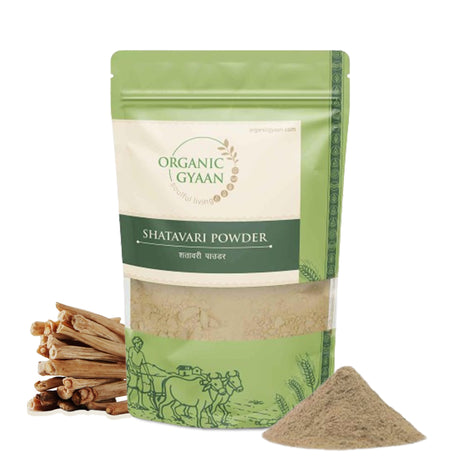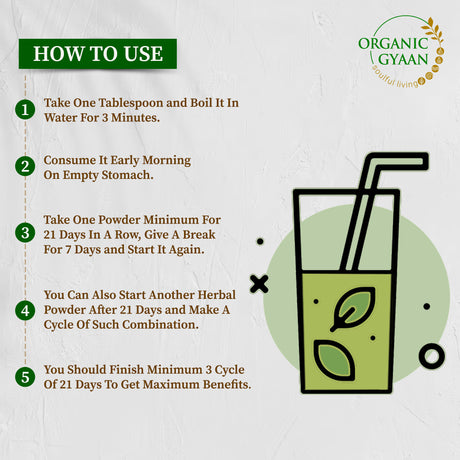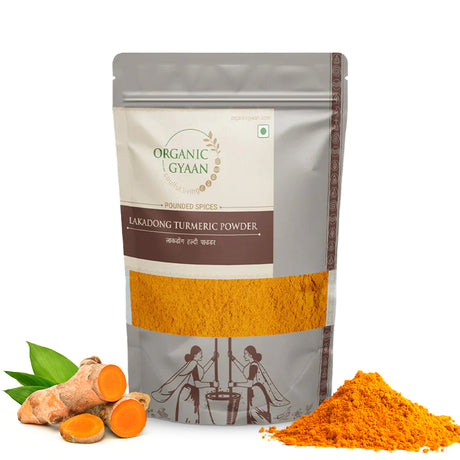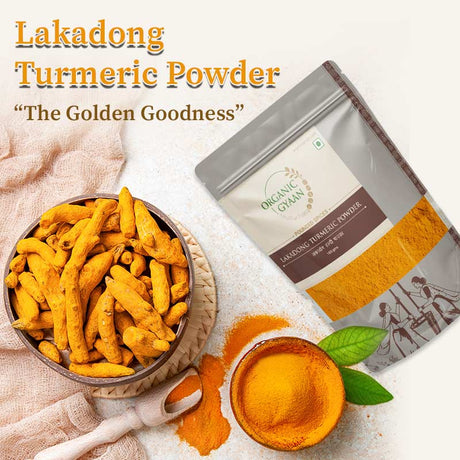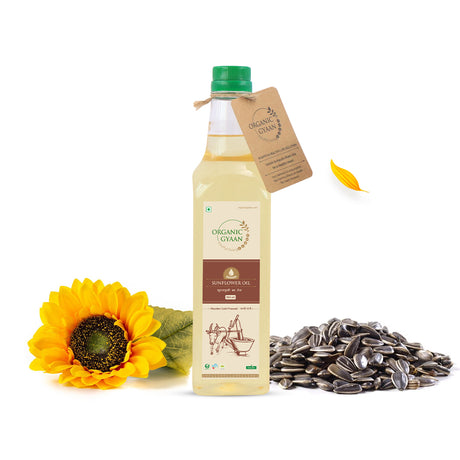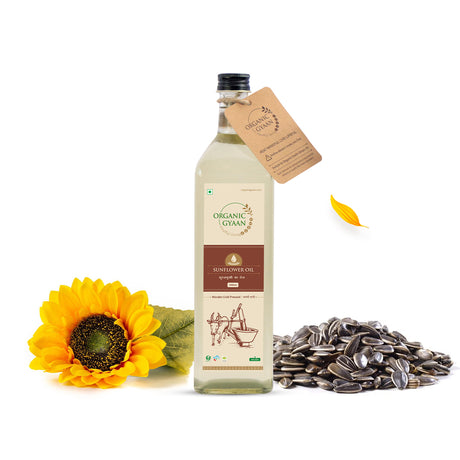In many Indian homes, jaggery (gur) is seen as a natural and healthy sweetener. People use it in tea, sweets, cooking, and even in home remedies. Because it's not processed like white sugar, many believe jaggery is safe-even for people with diabetes.
But is that really true?
If you're living with diabetes or supporting someone who is, it’s important to know the facts. In this blog, we’ll explain in simple words whether jaggery is good for diabetes or not. We’ll also share better sweet options, clear facts, and useful tips you can follow.
What Is Jaggery?
Jaggery is a traditional, natural sweetener made by boiling sugarcane juice or palm sap until it becomes thick and solid. It doesn’t go through any chemical processing, which helps it retain small amounts of minerals like iron and magnesium.
Because of these minerals, jaggery is often seen as “healthier” than white sugar. But healthier doesn't mean safe-especially for people managing diabetes.
What’s Inside Jaggery?
Just one teaspoon (around 10 grams) of jaggery gives you:
- About 10 grams of sugar
- Around 38 calories
- Very small amounts of minerals (not enough to make a big difference)
So while jaggery may seem better than white sugar, it’s still mostly sugar, which can raise blood sugar quickly.
Is Jaggery Good for Diabetes?
The simple answer is: No.
Even though jaggery is natural and less processed than sugar, your body treats it the same way. It digests quickly and increases your blood sugar levels fast. This is something people with diabetes need to be careful about.
If you're trying to manage or reduce your blood sugar, jaggery is not a safe or healthy option for daily use.
Why Jaggery Is Not Safe for Diabetes
1. Jaggery Raises Blood Sugar Quickly
Jaggery has a high glycemic index (GI), which means it enters your bloodstream fast and causes a quick spike in blood sugar. This can lead to tiredness, sugar crashes, and long-term health problems.
Foods with high GI are not suitable for people with diabetes because they make blood sugar control harder.
2. Your Body Treats Jaggery Like Sugar
Even though jaggery is natural, once you eat it, your body breaks it down just like it does with white sugar. The result is the same: higher blood sugar and more work for your body to control it.
This makes it risky for people with diabetes, who already struggle with sugar control.
3. No Fiber Means Faster Sugar Absorption
Fiber helps slow down how fast sugar enters the blood. Jaggery has no fiber, so the sugar it contains goes straight into your bloodstream and causes quick spikes in blood sugar.
This quick rise can make you feel tired, dizzy, or hungry again soon after eating.
4. It Can Cause Sugar Crashes and More Cravings
After eating jaggery, your blood sugar may go up fast and then drop quickly. This can leave you feeling weak, moody, or craving more sweets-creating an unhealthy cycle.
These sugar ups and downs are harmful for anyone, especially for people managing diabetes.
Common Myths About Jaggery
Myth 1: “Jaggery is natural, so it's safe.”
Not true. Many natural foods can still be harmful in large amounts. Jaggery is still sugar, and sugar-natural or not-raises blood sugar levels.
Myth 2: “Palm jaggery Powwder is better.”
Palm jaggery powder may have a few more nutrients than sugarcane jaggery, but it still contains high sugar. It’s not safe for regular use in diabetes.
What Experts Say
Health experts agree that jaggery is not safe for diabetes. A blog by Tata AIG also explains that jaggery has almost the same sugar content as white sugar and can cause the same sugar spikes.
Studies in medical journals also show that jaggery increases blood sugar quickly after eating. This makes it risky for people trying to keep their sugar levels under control.
Can You Eat Jaggery in Small Amounts?
If your sugar levels are stable and your doctor says it’s okay, you may be able to eat a very small amount occasionally-like half a teaspoon once in a while.
But if your sugar levels are high or unstable, it’s better to avoid jaggery completely to stay safe.
Better Sweet Options for Diabetes
If you still want some sweetness, here are better alternatives:
1. Stevia Powder
A natural sweetener with no sugar and no calories. Safe for people with diabetes. Use it in tea or coffee.
2. Cinnamon Powder
Cinnamon powder has a naturally sweet taste and may help support blood sugar balance. Sprinkle a little in warm drinks or food.
3. Palm Jaggery Powder (very small amounts)
Still sugar, but slightly better than regular jaggery. Use rarely and only if your blood sugar is under control.
4. Honey (occasionally)
Honey contains antioxidants, but it’s still sugar. Use a tiny amount and not daily.
5. Fruit-Based Sweetness
Use mashed banana or dates paste (in very small amounts) in homemade sweets instead of sugar or jaggery.
Conclusion
To keep it simple: Jaggery is not good for diabetes.
Even though it’s natural and unrefined, it’s still high in sugar and can raise your blood sugar quickly-just like white sugar. If you're diabetic, it's best to avoid jaggery or use it only in very tiny amounts, and not every day.
Focus on safer options like stevia, cinnamon, or fruit-based sweeteners when needed. The key to managing diabetes is making small, smart food choices that protect your health in the long run.

